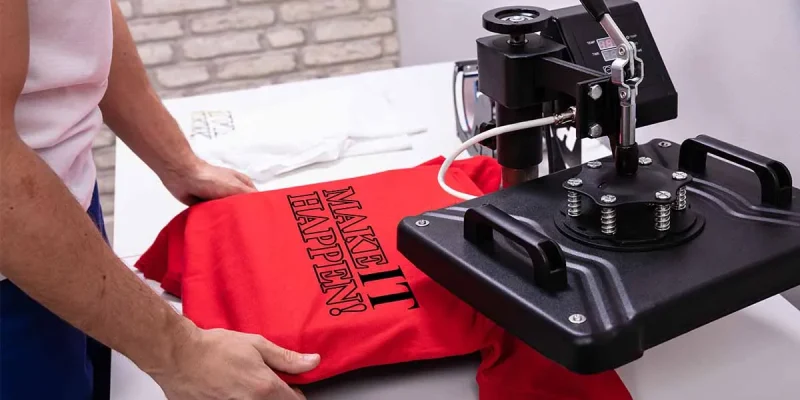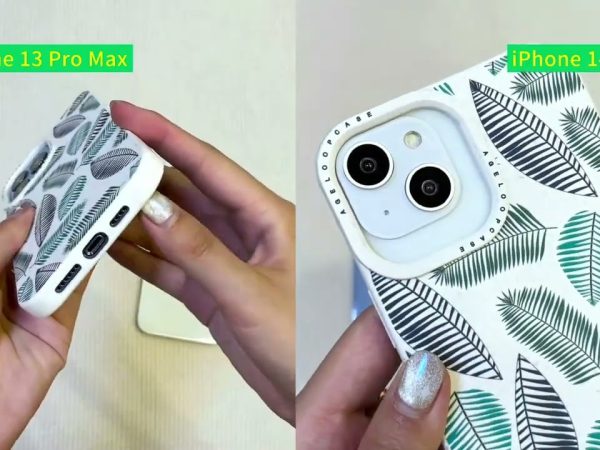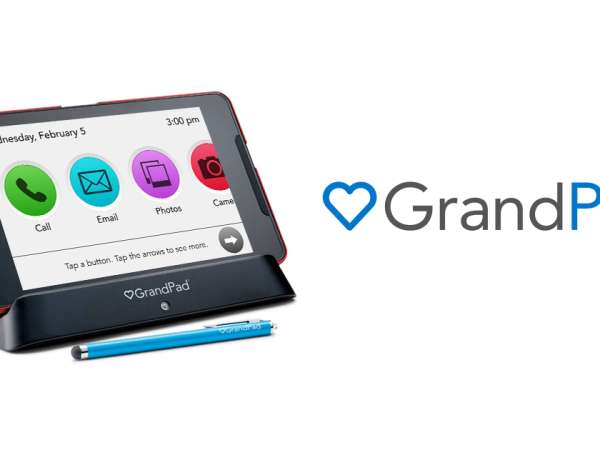T-Shirt Printing Business Start-Up Cost in 2025: Complete Breakdown

Starting a t-shirt printing business is a popular and profitable venture for creative entrepreneurs. With low barriers to entry, high demand for custom apparel, and multiple printing methods to choose from, it’s one of the best small business ideas to start in 2025.
But how much does it actually t-shirt printing business start-up cost?
In this guide, we’ll break down the start-up costs, help you compare printing methods, and outline the essential tools, software, and marketing investments you’ll need to succeed.
Average Start-Up Cost for a T-Shirt Printing Business
The total start-up cost for a t-shirt printing business ranges from $500 to $25,000+, depending on:
- Printing method (e.g., heat press vs. DTG)
- Whether it’s home-based or retail
- Inventory and equipment choices
- DIY vs. outsourcing (print-on-demand)
| Business Model | Estimated Start-Up Cost |
| Print-on-Demand (POD) | $0 – $500 |
| Home-Based (Heat Press) | $2,000 – $5,000 |
| DTG Printing Setup | $10,000 – $25,000+ |
| Screen Printing Shop | $5,000 – $15,000+ |
Choosing a Printing Method (Cost Comparison)
Heat Transfer (Heat Press)
- Best for beginners
- Requires a heat press, vinyl cutter, and transfer paper
Start-Up Cost: $2,000 – $5,000
Pros: Affordable, fast setup
Cons: Vinyl can peel/crack over time
Screen Printing
- Ideal for bulk orders of the same design
- Requires screens, squeegees, and inks
Start-Up Cost: $5,000 – $10,000
Pros: Low cost per shirt in volume
Cons: Complex setup, not ideal for one-offs
Direct-to-Garment (DTG) Printing
- High-quality prints with unlimited colors
- Uses specialized DTG printers
Start-Up Cost: $15,000 – $25,000+
Pros: Detailed prints, no setup per design
Cons: High equipment cost and maintenance
Sublimation Printing
- Works best on polyester fabrics
- Requires sublimation printer and heat press
Start-Up Cost: $1,500 – $4,000
Pros: Vivid prints, great for full-color graphics
Cons: Limited to light polyester fabrics
Print-on-Demand (POD)
- No inventory or equipment needed
- Partner with providers like Printful, Printify, or Teespring
Start-Up Cost: $0 – $500
Pros: Easiest to start, no risk
Cons: Lower margins, less quality control
T-Shirt Printing Business Start-Up Cost Breakdown
Here’s a typical breakdown for a home-based heat press business:
| Item | Estimated Cost |
| Heat press machine | $300 – $1,000 |
| Vinyl cutter or printer | $200 – $500 |
| Blank t-shirts (starter batch) | $100 – $300 |
| Transfer paper or vinyl | $50 – $200 |
| Design software (e.g., Canva, CorelDRAW, Adobe) | Free – $600/year |
| Inventory shelving/storage | $100 – $300 |
| Website/eCommerce setup | $0 – $200 |
| Branding (logo, business cards, etc.) | $50 – $150 |
| Marketing (ads, social media tools) | $100 – $500 |
| Business licenses & permits | $50 – $300 (varies by state) |
Total Estimated Cost: ~$1,000 to $3,500 for a basic setup
Should You Keep Inventory or Use Print-on-Demand?
| Model | Upfront Cost | Profit Margin | Control |
| In-House Printing | Higher | Higher | Full control |
| Print-on-Demand | Lower | Lower | Limited control |
If you’re starting lean, print-on-demand is the most cost-effective. If you want higher profits per shirt and better quality control, consider owning your equipment.
Business Costs Beyond Equipment
Don’t forget these additional start-up costs:
- Business License & Registration: $50–$300 depending on location
- Domain & Hosting: $50–$150/year
- Payment Processing Fees: 2.9% + $0.30 per transaction (e.g., Stripe, PayPal)
- Marketing & Branding: $100–$500 for ads and content
- Packaging Supplies: $50–$150 to ship shirts
Pro Tip: Create a simple budget spreadsheet to track initial investments and ongoing expenses.
Tools You’ll Need to Start a T-Shirt Printing Business
- Design Software: Canva Pro, Adobe Illustrator, or CorelDRAW
- Mockup Generator: Placeit, Smartmockups
- eCommerce Platform: Shopify, Etsy, WooCommerce
- Payment Processor: PayPal, Stripe, Square
- Marketing Tools: Meta Ads, Google Ads, Mailchimp, Instagram
Where to Buy Equipment and Supplies
- Heat Press & Printers: Heat Press Nation, Amazon, USCutter
- Blank T-Shirts: Bella+Canvas, Gildan, Next Level, JiffyShirts
- Design Assets: Creative Market, Vexels, Envato Elements
- POD Integrations: Printful, Printify, Gooten, Teelaunch
Ways to Reduce Start-Up Costs
- Start with pre-orders to fund your first batch
- Use free design software like Canva or Inkscape
- Begin with limited SKUs or designs
- Consider dropshipping or POD while you build demand
- Buy used equipment on Facebook Marketplace or eBay
How Long to Break Even?
Depending on your business model, you can break even in:
- Print-on-Demand: 1–3 months
- Heat Press Business: 3–6 months
- DTG/Screen Printing: 6–12 months+
Your actual timeline depends on marketing success, pricing strategy, and sales volume.
Conclusion
Starting a t-shirt printing business in 2025 can be as affordable or advanced as you want it to be. Whether you invest $500 in a print-on-demand shop or $10,000 in a full production setup, success comes down to branding, design, and marketing.
Keep your costs lean, validate your niche, and focus on building a loyal audience—your custom apparel brand could grow into a six-figure business before you know it.
FAQs
1. Can I start a t-shirt printing business from home?
Yes! Many entrepreneurs start from home with a heat press or print-on-demand model. Just check local zoning laws and get proper licenses.
2. What is the most profitable t-shirt printing method?
Screen printing and heat press methods offer the highest margins for bulk orders, while POD is best for low-risk entry.
3. Do I need a business license to sell t-shirts online?
Yes, most U.S. states require a business license or reseller permit if you’re selling physical products.
4. How many shirts should I start with?
If printing in-house, start with 25–50 blank shirts in a mix of sizes and colors. If using POD, there’s no need to hold inventory.
5. How can I market my t-shirt business?
Use Instagram, TikTok, Facebook Ads, influencer partnerships, email marketing, and SEO-optimized product listings.
Also read: Systems and Project Management: The Backbone of Business Efficiency











